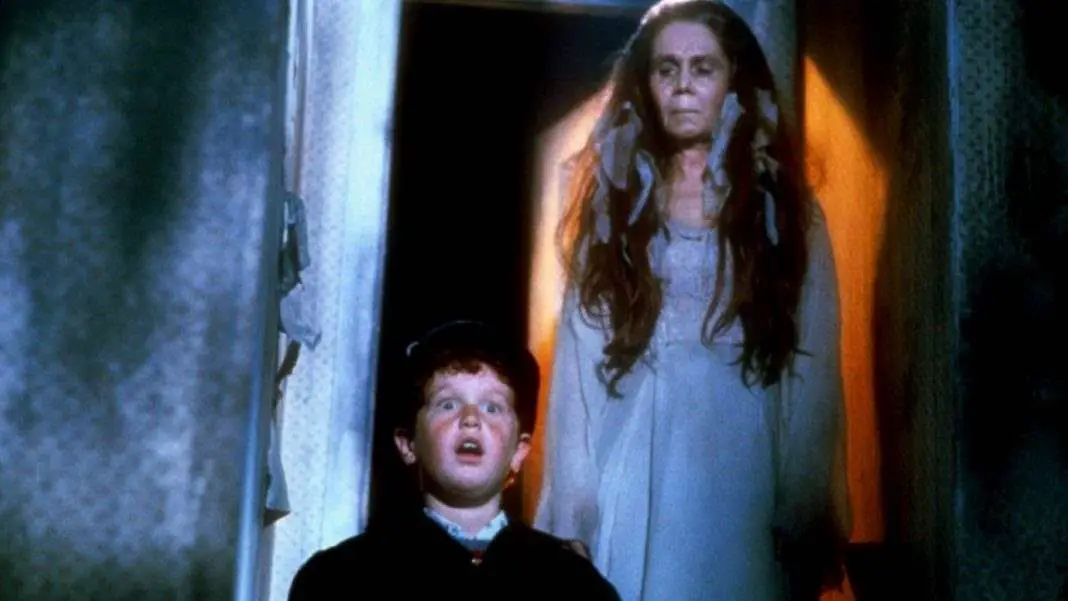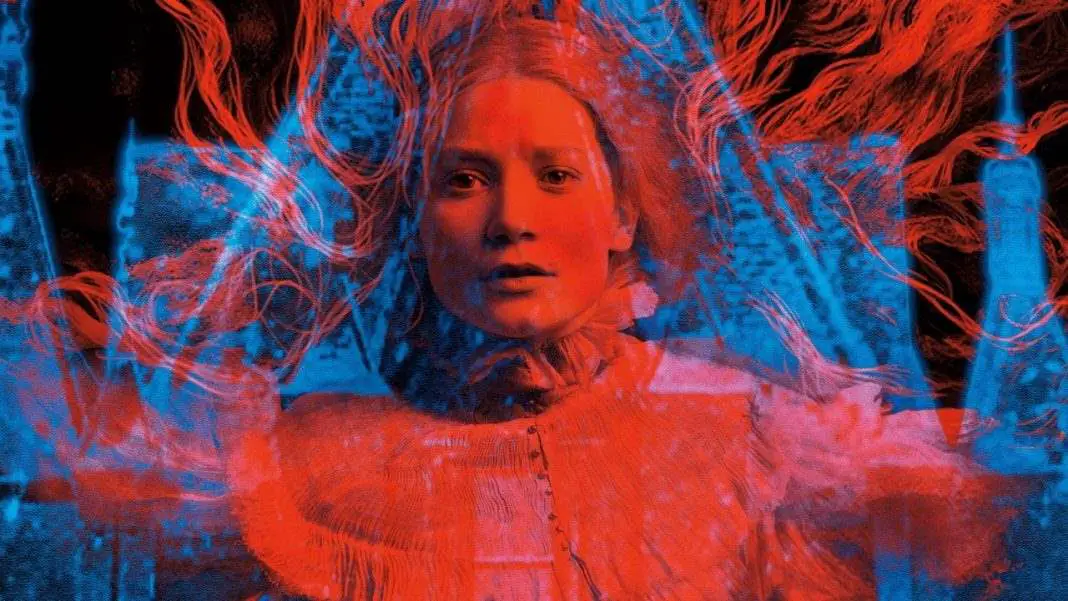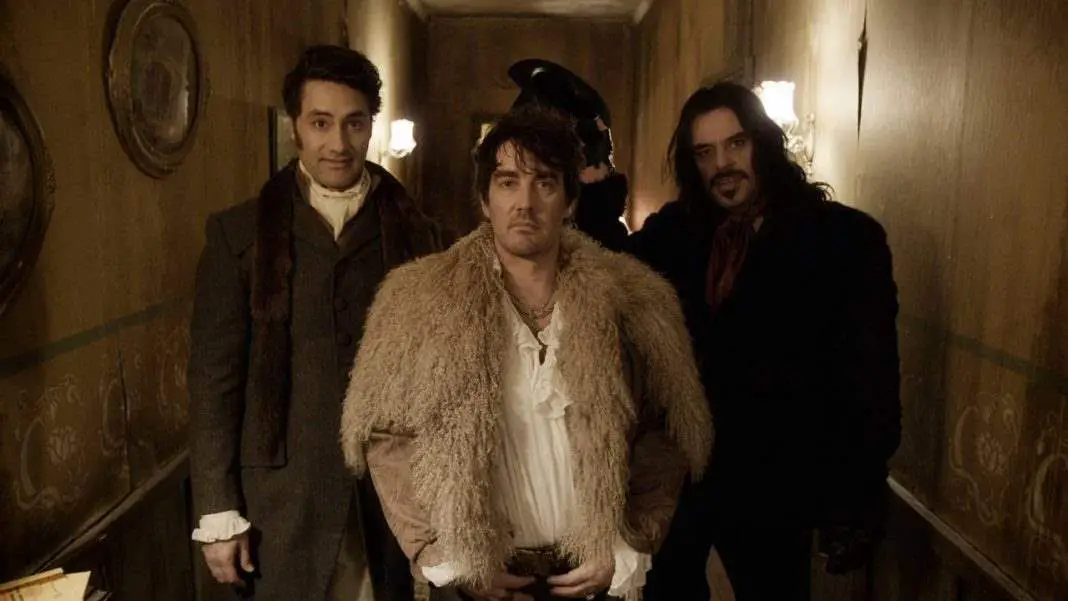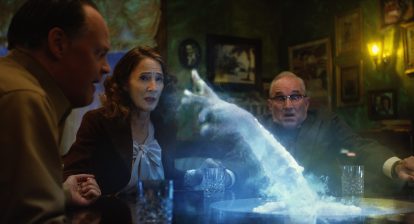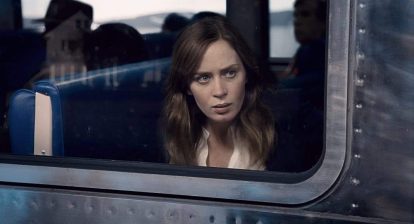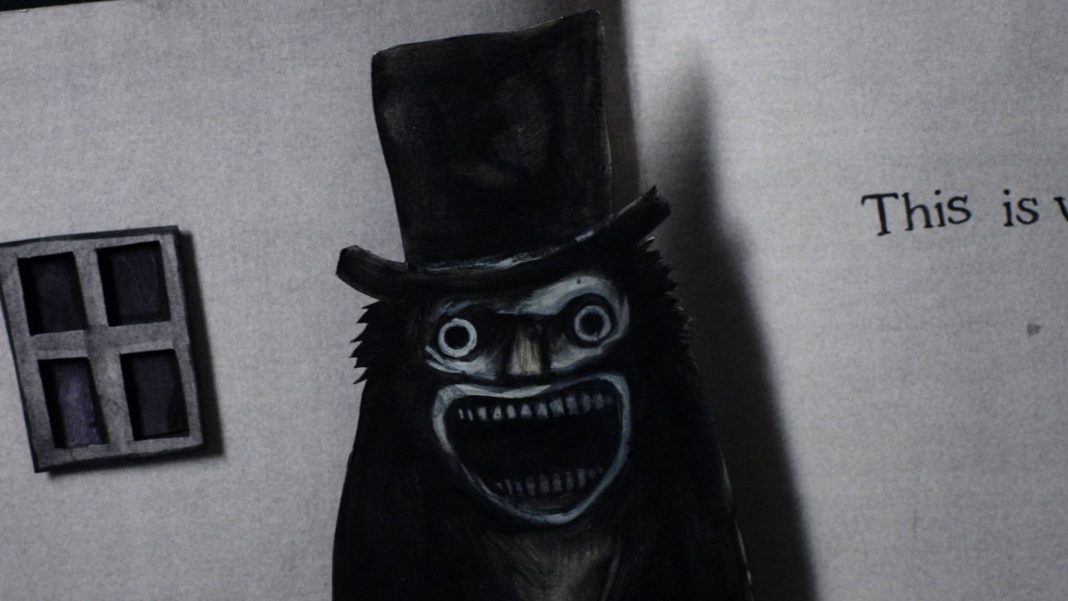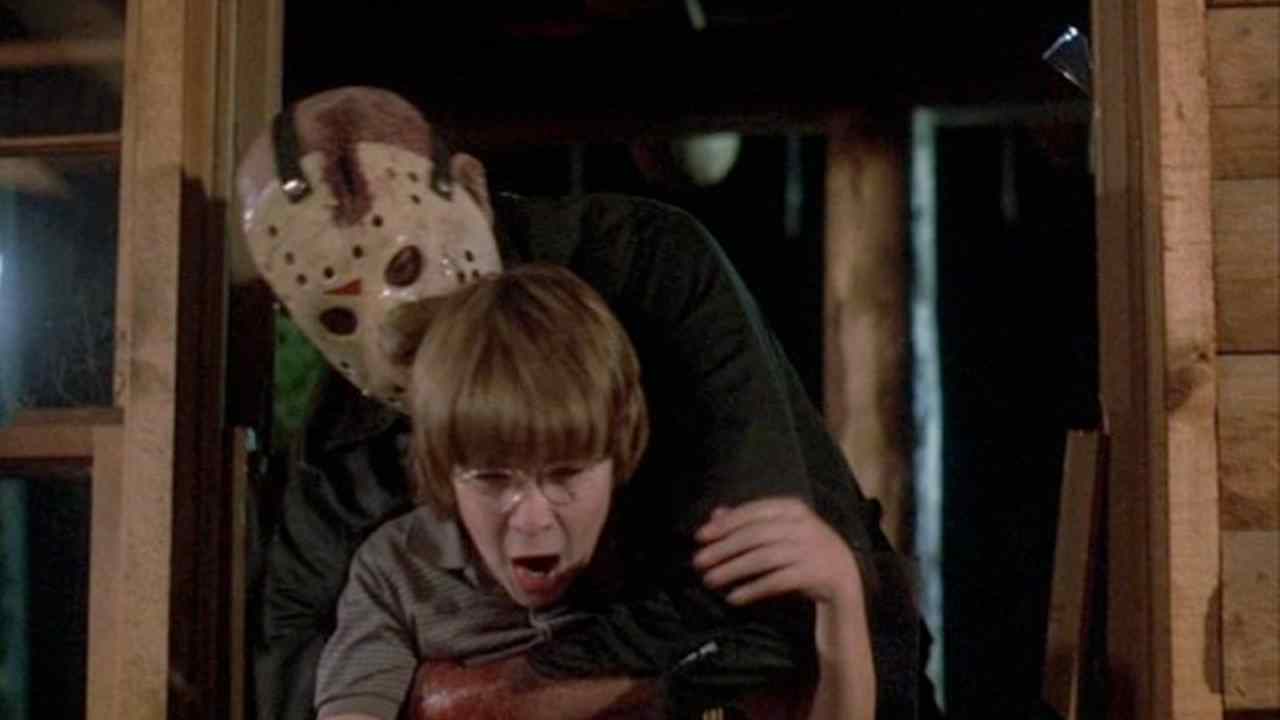Welcome to Back to the ’80s. This recurring feature aims to take a look at the good, the bad, and the ugly from horror’s most beloved decade. Regardless of which category a particular film falls under, this segment will spotlight films that horror fans can appreciate for one reason or another. We will look at how some of these flicks have stood the test of time and others have not aged quite so well. Regardless of what they look like today, these efforts from the 1980s laid the groundwork for the horror genre as we know it today.
Lady in White is a 1988 film revolving around a boy haunted by the ghost of a little girl. This thriller takes place in the early 1960s and is semi-based on the lady in white legends that have been around for years. This story takes place in a small New York town. Locations used for filming in rural New York are popular sites for the legend. Written and directed by Frank Laloggia, Lady in White contains a few flaws offset by strong performances and a decent story.
Frankie (Lucas Haas) is the son of recently widowed Angelo (Alex Rocco) and younger brother to Geno (Jason Presson). This family of three lives with Angelo’s parents on a farm. Frankie is a creative storyteller. After telling a creepy story in class, two of his classmates decide to play a prank on Frankie to give him a scare. He is tricked into a locked cloakroom and witnesses the vision of a young girl named Melissa (Joelle Jacobi) murdered in the same cloakroom years earlier. This vision turns into a reality when the killer returns in present time to retrieve evidence left behind. After spotting Frankie, the killer attacks but is unsuccessful. The rest of the film follows Frankie trying to solve the mystery of Melissa’s death.
The film opens with an unnecessary prologue that takes place in its contemporary time. In this prologue, the audience immediately learns that the hero of the story is going to survive. In case the viewer might forget about the opening, there are random voice-overs throughout Lady in White to clarify again that Frankie will survive. The inclusion of voice-overs is arguably influenced by the earlier Stand by Me. This style was also used in The Wonder Years which premiered months before. What worked in those does not exactly cross over to this feature. The entire climax involves Frankie being in life-threatening danger. The knowledge of Frankie’s survival eliminates any real threat.

One other flaw with this movie is the gap caused by lack of revelation into the killer’s motive. There is speculation as to what drives the killer and ultimately nothing proves conclusive. The interaction with Melissa shows that she knows this person’s identity. Yet, what becomes frustrating is that the audience never learns exactly how she knows this person. There is a willing suspension of disbelief in the generally well-done fantasy elements of the story. The killer’s motive is needed to bring fantasy and reality together in the end.
Despite a few flaws, Lady in White is an enjoyable film due to excellent performances that help to elevate this ghost story. Lukas Haas leads the other actors with a natural performance as the likeable Frankie. Jason Presson is enjoyable as the obnoxious and caring older brother. Katherine Helmond particularly stands out in the role of Amanda Harper. At the time, Helmond starred in the sitcom Who’s the Boss? and this is a far cry from her performance as the attractive Mona Robinson. The most chilling and memorable moments from the feature derive from Helmond’s portrayal of a woman lost in madness. Frankie’s grandparents (Renata Vanni and Angelo Bertolini) provide much of the welcomed comic relief in this flick.
There are also other elements that make Lady in White worth a watch. LaLoggia focuses his energy on creating a feature with style and a spooky atmosphere. The scenes shot at night create the feeling of a dark fairytale. There are some minor flaws. The special effects with the creation of Melissa’s ghost are outdated. Also, Frankie’s transportation to the other side of unconsciousness is clearly manufactured. Nevertheless, once the viewer gets past these few moments he or she will discover some genuine moments of suspense.

There is also a notable subplot involving race relations in the 1960s. Harold (Henry Harris) is a janitor arrested for the attack on Frankie as well as for the previous child murders. The janitor was at the wrong place at the wrong time. Even though Frankie’s father insists on Harold’s innocence, the police and town are willing to place the blame on Harold. There is a discussion by the sheriff at one point that Harold is the perfect scapegoat because he is black. The police have been at a loss in finding the real killer and want the case closed. The story of Harold and his wife ends in ironic tragedy. Contemporary audiences can relate to the ongoing issues with race today.
Lady in White is an enjoyable film with a suspenseful atmosphere and mild horror. Exploring the dark history of a small town’s past, strong performances help to propel this feature into an above average ghost story. There are some minor flaws. In addition to outdated special effects and an unnecessary prologue, some frustration occurs involving clarification with the killer’s motive. Fans of 1980’s horror will enjoy the mystery and nail biting moments. Revealed with the killer’s identity is a truly chilling performance. Lady in White might not top anyone’s list of favorite movies from the 1980s, but this supernatural thriller is worth at least one viewing.
